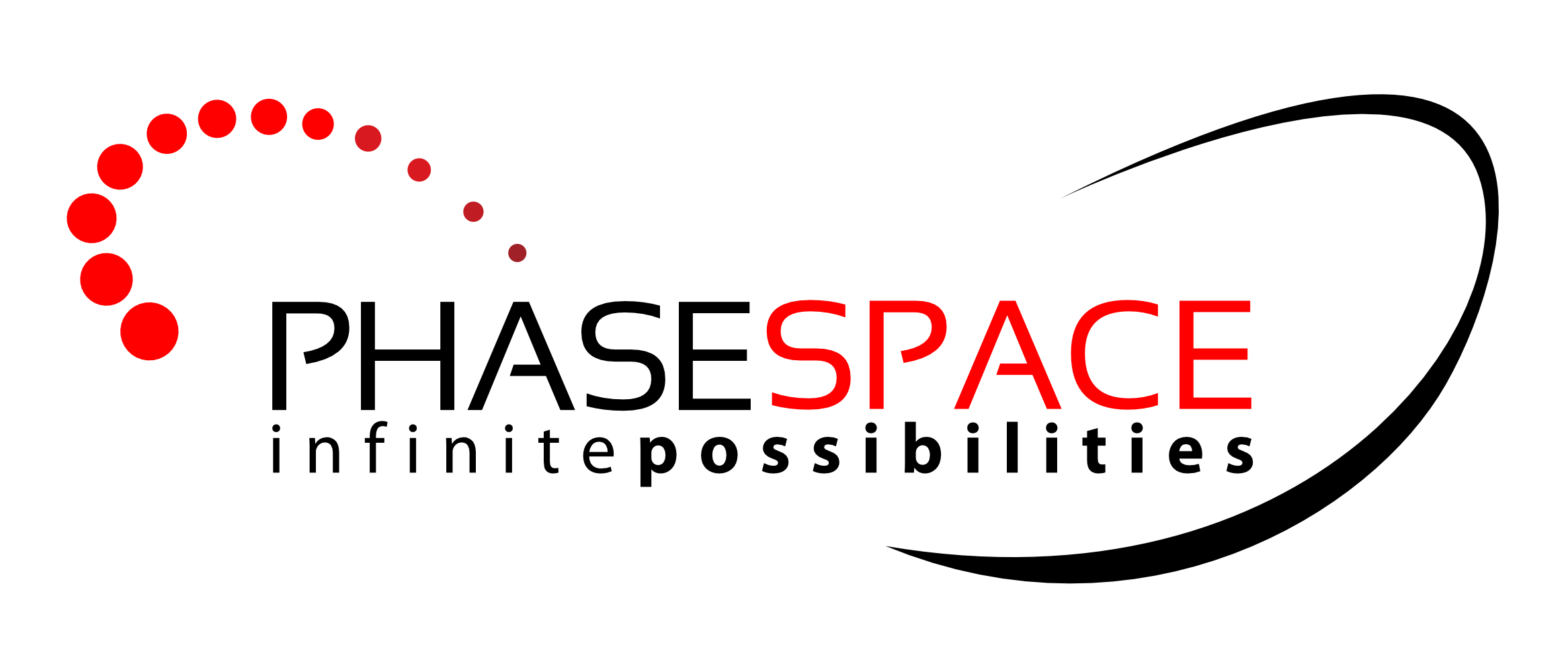
FAQs
What is optical motion capture?
Simply stated, optical motion capture is the tracking of markers on a subject or object over time. In a typical optical motion capture scenario, cameras are placed on the perimeter of a capture area to track markers placed on subjects or objects. In a PhaseSpace optical motion capture system, active LED marker positions are detected by camera sensors hundreds of times per second and transmitted to a central processor. The PhaseSpace processor calculates, reports and stores the unique X,Y,Z positions for LED markers 960 times per second. Marker positional data is streamed to entertainment, engineering and motion analysis applications.
How is motion capture data used?
- Virtual Reality
- Robot Control
- Medical Applications
- Product Design
- Manufacturing Ergonomics
- Video Game Creation
- Film Production
- Special Effects
- Animation
- Television Program Production
- Physical Training & Gait Analysis
- Motion Tracking
- Rehabilitation Measurement
- Emergency Response Training
How do customers use PhaseSpace systems?
PhaseSpace customers use our systems in a wide variety of applications ranging from virtual reality environments, series television production, robotic operation, architectural design, animation production, video game creation to motion analysis.
Why is motion capture used?
Motion capture is typically deployed to:
- Reduce production costs
- Shorten a production pipeline
- Improve modeling and design
- Enhance animation
- Enable special effects
- Provide new visualization, analysis and feedback methods
- Expand and simplify robotic operations
- Measure human performance
What is real-time visualization?
PhaseSpace processes motion capture data in real-time allowing you to stream to your preferred viewing software (PhaseSpace Viewer, third party software, such as Autodesk MotionBuilder, or your own process through the PhaseSpace API). Directors use their preferred software to map the motion capture data to the character(s) or objects producing a real-time visualization of the motion capture session. Real-time motion capture visualizations, increase Director efficiency, provide immediate Actor feedback and reduce costly recapture sessions.
What is included in a PhaseSpace system?
The components of a PhaseSpace optical motion capture system are:
PhaseSpace 960 Hz Cameras with 3600 x 3600 resolution
Acive LEDs with unique marker IDs
PhaseSpace server computer
Calibration object
PhaseSpace software suite including PhaseSpace SDK package
What is PhaseSpace's capture speed?
PhaseSpace cameras capture LED positions at 960 frames per second.
What is PhaseSpace's resolution?
PhaseSpace optical motion capture systems are high resolution at 3600 x 3600 pixels with a sub-pixel resolution of 30,000 x 30,000.
Why does PhaseSpace use LEDs for markers?
PhaseSpace implemented an active LED marker system because active markers provide higher quality motion capture data, enable real-time visualizations and maximize configuration options. Active LED markers enable the processor to quickly resolve occlusions resulting in extremely clean motion capture data. Clean data saves you money by reducing post processing time and shortening your production pipeline. The ability to see a subject’s motion mapped to a character in real-time, provides immediate visual feedback and allows the director to specify additional takes and eliminate costly re-capture sessions. Finally, since each LED marker has a unique ID, you are easily able to configure marker capture scenarios for any combination of single or multiple subjects, normal or high speed motion and object interaction.
Why have real-time data processing?
Real-time processing is critical to several motion capture solutions. In Virtual Reality settings, real-time processing eliminates the display latency in Head Mounted Displays (HMD), which invokes motion sickness in most individuals. Real-time data availability is also critical for robotic operations, medical solutions and many engineering applications. Finally, the real-time data access enables immediate visualizations (mapping motion data to characters/objects) eliminating costly returns to the studio to re-capture an unsatisfactory scene.
Where can I use the PhaseSpace system?
PhaseSpace motion capture systems operate easily in natural environments. Our cameras and active LED markers enable system operation inside under artificial lights or outside in natural light. There is no need to restrict your operation to a darkened studio. The systems are portable, easy to set up and calibrate: allowing capture in the most appropriate environment.
How do I access the motion capture data?
PhaseSpace provides real-time data access through our client software, third party software (via plug-ins) and an API.
How long will it take to set up?
Setting up the tripods and cables is usually the longest task. With practice a twelve camera system can be set up and calibrated in under an hour.
Why capture data at a rate higher than 30 fps?
Capturing data at a rate higher than the 30 frames per second viewing rate is essential to accurately capture fast moving subjects or objects and to eliminate jitter in head mounted displays.
